Yes -- I'm speaking of the era when music wasn't a downloadable, streaming product.
And it really wasn't that long ago, either. I remember the days before CDs became a commodity, before I even started buying my own cassettes, when the walls of my childhood home were lined with shelves just crammed with vinyl records. I had a box of my very own 45s. I couldn't dream of a day when, to get the latest music or even learn about new artists, I wouldn't have to go out or even turn on the TV.
That information would be presented on a computer. But music consumption has a far, far greater history than the days of classic record stores and 45s. It has prehistoric roots that somehow led to an era in which we enjoy multiple online and mobile options for listening to, well, pretty much whatever we want. So, how did we get here? It's a fascinating tale -- with a remarkably fast plot progression....



 Your new post is loading...
Your new post is loading...

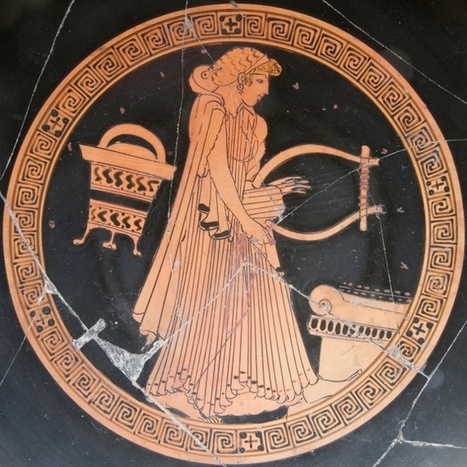

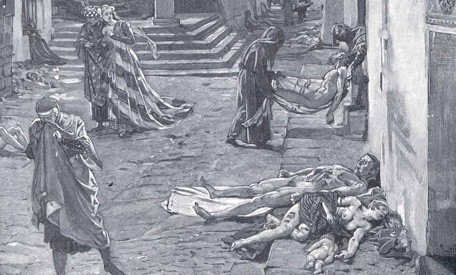
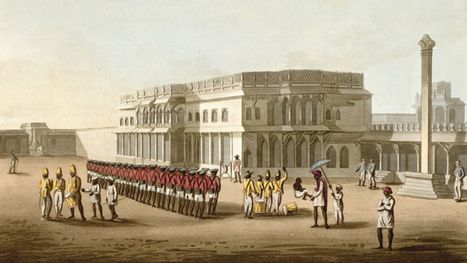

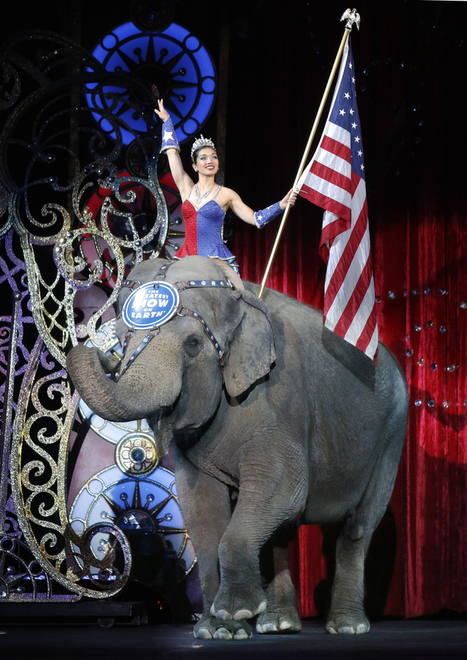
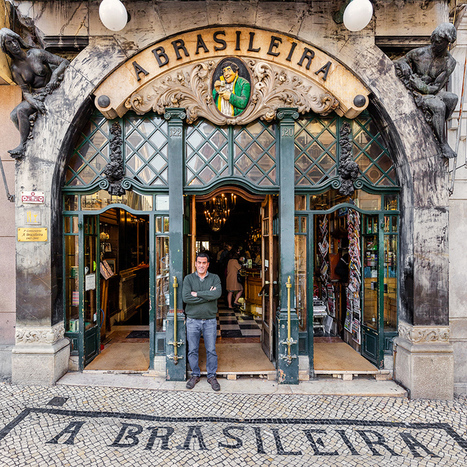





Discover the preceding elements of internet radio that turned us into a society of streamers from HubSpot.
This article talks about how the evolution of the way we listen to music has occured. It claims that we are now a "permanently streaming" society. Which is easy for advertisers to make money and devalues the work of the artist.